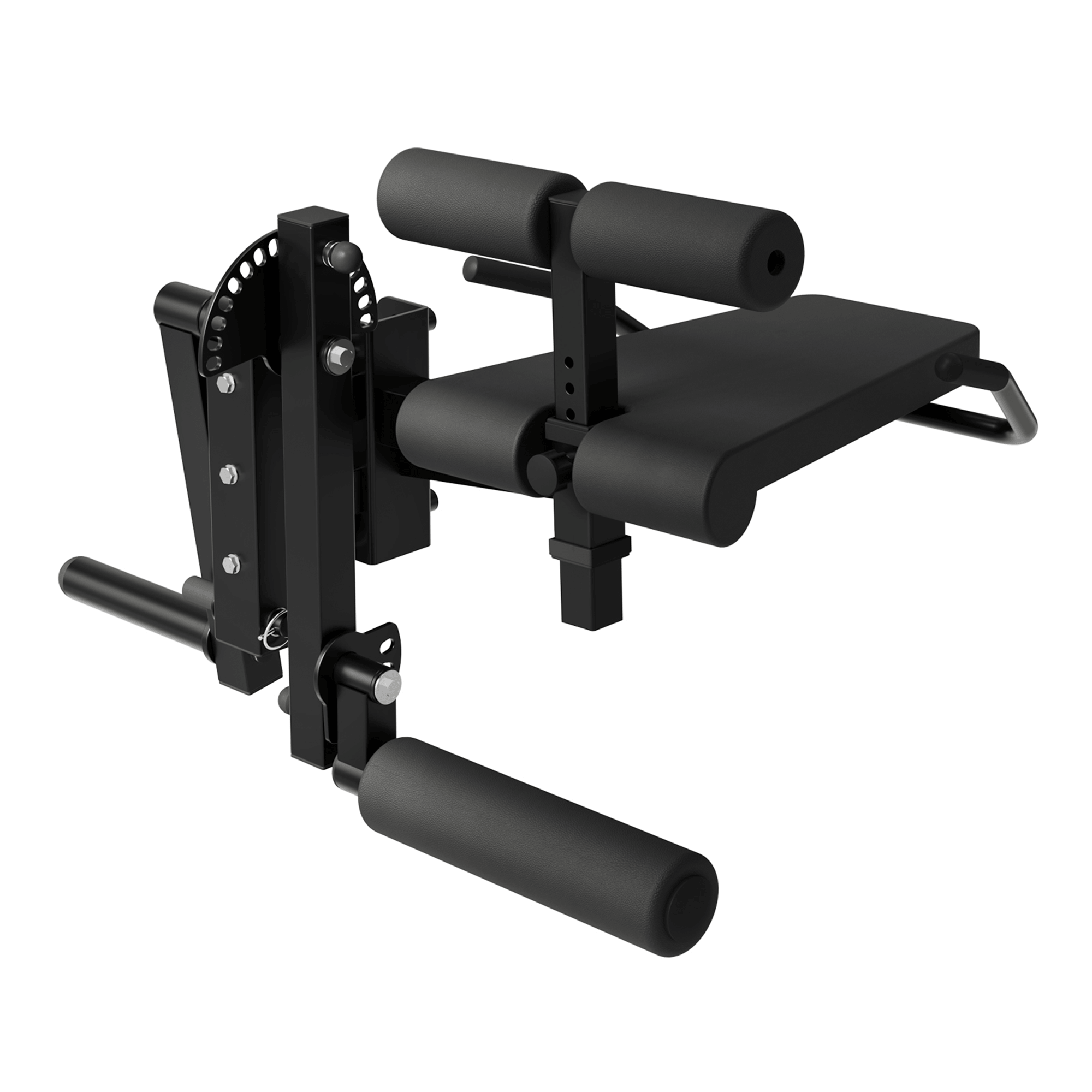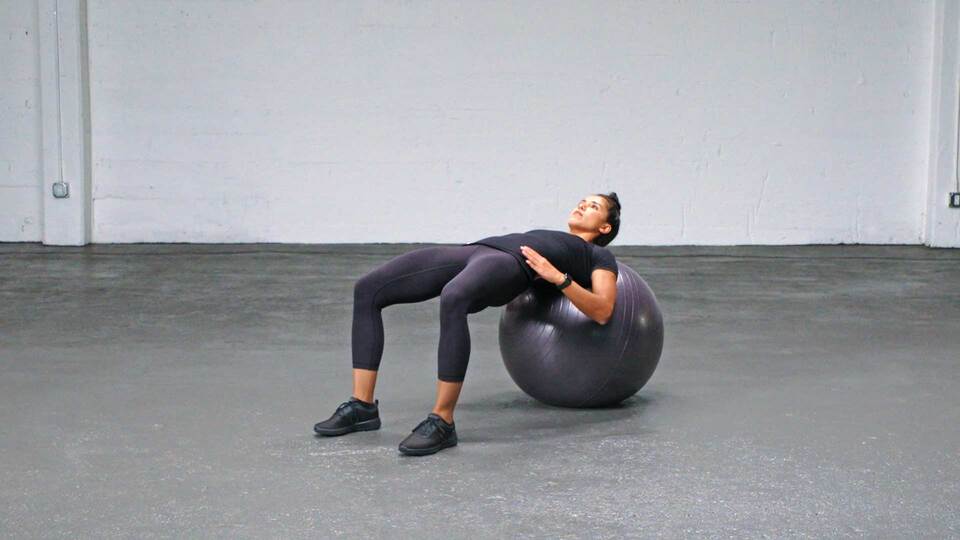For anyone serious about training—whether you're working out at a commercial gym or in your garage—understanding how machine resistance converts to free weight load is a game-changer. While machines like the chest press, cable machines, and bench press machines are staples for muscle-building, the numbers you see on the selectorized stacks don’t always reflect the actual weight you’re lifting.
This article breaks down machine weight conversion, clears up confusion around common weight stack numbers like 27, 30, 38, 20, and provides insight into how to interpret resistance weight vs. free weight. Let’s dig in.
Why Machine Weight ≠ Free Weight
The Mechanics of Resistance
Machines often use pulleys, cams, or levers to create mechanical advantage—or in some cases, disadvantage. That means 100 lbs on a chest press machine might feel very different from bench pressing 100 lbs with a barbell.
There are three reasons for this:
-
Pulley ratios can reduce or amplify the effective resistance.
-
Friction in the guide rods and pulleys affects the real feel.
-
Path of motion is stabilized for you, which reduces the load on stabilizing muscles.
Chest Press Machine Weight Conversion: What Does 27, 30, or 38 Really Mean?
Selectorized chest press machines frequently use plates labeled in kilograms or rounded pound equivalents. For example:
-
A setting of 27 lbs may actually feel closer to 20 lbs in free weight load due to pulley assistance.
-
A setting of 30 lbs may translate to about 22–25 lbs in barbell resistance feel.
-
38 lbs on the stack may feel like 30 lbs of effort in a bench press.
👉 Pro Tip: The more complex the pulley system (e.g., dual-arm chest press machines), the more likely the actual resistance is less than what’s listed.
Bench Press Machine Weight Conversion
Unlike the chest press machine, bench press machines (especially plate-loaded ones) can mimic real benching a little more closely—but selectorized versions still fall short.
-
20 lbs on a machine may only feel like 12–15 lbs due to assisted resistance.
-
If you're pressing 30 or 38 lbs, expect the real-world equivalent to be about 65–80% of the labeled weight.
If your goal is to gauge strength progress or transition to free weights, keep this in mind: machines help with form, but don’t always challenge your full body the way a barbell will.
Cable Machine Weight Conversion
Cable machines are notorious for labeling deception. A “20” on the weight stack might mean:
-
10–15 lbs of real resistance, depending on pulley configuration (1:2, 1:4, etc.).
-
17 lbs is a number many people see—but it's often only 8.5–10 lbs of true load.
To estimate real resistance:
-
Multiply stack number by the pulley ratio inverse.
(e.g., 20 on a 2:1 system = 10 lbs actual resistance)
👉 Pulley ratio matters more than the stack number.
Resistance Weight to Free Weight Conversion: A Practical Guide
Here’s a basic conversion chart that reflects approximate feel, not exact math (since every machine is different):
| Machine Weight (lbs) | Approx Free Weight Equivalent |
|---|---|
| 20 | 12–15 lbs |
| 27 | 18–20 lbs |
| 30 | 22–25 lbs |
| 38 | 30–33 lbs |
| 50 | 40–45 lbs |
💬 “The goal isn’t to match the numbers—it’s to understand the effort level.”
How to Train Smarter with Weight Conversion
-
Record both machine setting and estimated real resistance in your log.
-
When transitioning from machine to free weights, start lighter, then ramp up.
-
Use perceived exertion (RPE) to adjust your training—don’t rely solely on numbers.
Final Thoughts from a Coach with 20 Years Under the Bar
Whether you're chasing hypertrophy, rebuilding strength after injury, or just getting started, machines are powerful tools. But understanding machine weight conversions makes you a smarter, safer, and more effective lifter.
Don’t get stuck chasing numbers that don’t translate. Instead, focus on form, consistency, and progressive overload—that’s where real progress lies.















































Leave a comment
This site is protected by hCaptcha and the hCaptcha Privacy Policy and Terms of Service apply.